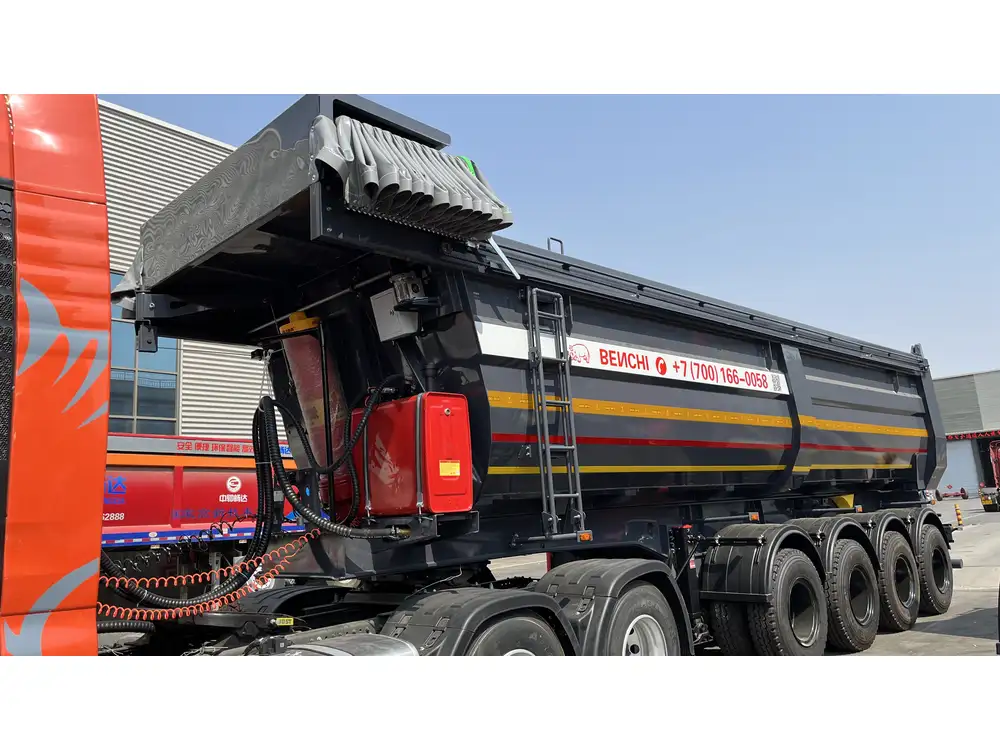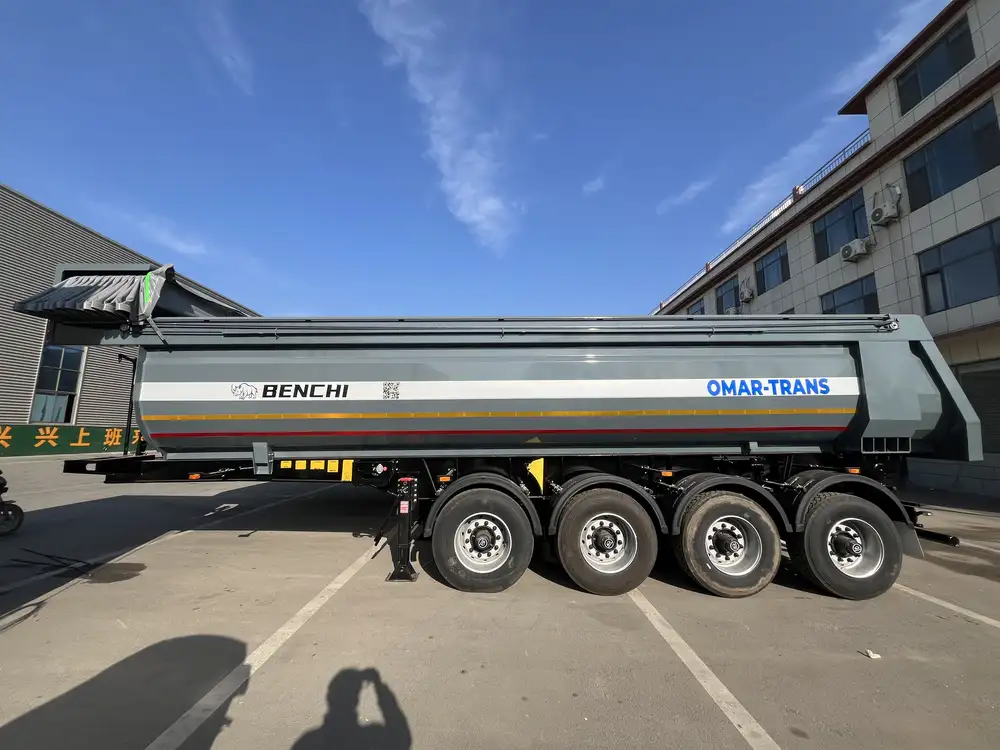When transporting vehicles, ensuring they are securely fastened to a flatbed trailer is paramount. A poorly secured vehicle can shift during transit, leading to significant hazards on the road. Below, we’ll explore an in-depth, methodical approach to effectively tie down a car to a flatbed trailer.
Understanding Your Equipment
Before diving into the step-by-step process, it’s crucial to familiarize yourself with the tools and equipment you’ll be using:
| Equipment | Purpose |
|---|---|
| Flatbed Trailer | A flat surface for loading vehicles, typically featuring anchor points for tie-downs. |
| Ratchet Straps | Adjustable straps that securely hold the vehicle in place; ideal for heavy-duty use. |
| Wheel Chocks | Blocks placed against the tires to prevent movement during loading and unloading. |
| Anchor Points | Secure locations on the trailer designed for attaching tie-downs. |
| Come-Along | A hand-operated winch, useful for tightening the straps effectively. |
Preparing the Flatbed Trailer

1. Position the Trailer
- Align the flatbed trailer with the vehicle to be transported.
- Ensure the trailer is on a flat and stable surface to prevent rolling.
2. Inspect the Equipment
- Check for any visible wear or damage on the ratchet straps.
- Ensure the anchor points on the trailer are functional and not rusted or broken.
3. Use Wheel Chocks
- Place wheel chocks at the back of the vehicle’s rear tires to prevent any unwanted movement during the loading process.

Loading the Vehicle onto the Trailer
4. Drive the Vehicle onto the Flatbed
- Slowly drive the vehicle onto the trailer, ensuring that its weight is distributed evenly.
- Once positioned, set the parking brake and turn off the ignition.
5. Center the Vehicle
- Ensure that the vehicle is centered on the trailer bed. Proper weight distribution prevents swaying and ensures safe transport.

Securing the Vehicle: Step-by-Step Process
6. Gather Your Ratchet Straps
- We recommend using at least four ratchet straps, two for the front and two for the rear of the vehicle. This provides robust security.
7. Attach Front Straps
- Locate the Anchor Points: Identify the anchor points located at the front corners of the trailer. These are typically located just away from the tires.
- Route the Strap:
- For vehicles with a hook. Attach the hook of the ratchet strap to the anchor point, threading the strap over the vehicle’s frame or axle.
- Ensure that the strap is not threaded through any moving or suspension parts of the vehicle.
- Connect Ratchet Mechanism:
- Attach the strap to the opposite anchor point on the trailer.
- Ensure the strap lies flat against the vehicle and trailer without twists.
- Tighten the Strap: Pull the ratchet handle up and down to tighten the strap securely against the vehicle.
Tip: The strap should be tight enough to prevent movement but not so tight that it causes damage to the vehicle.

8. Attach Rear Straps
- Repeat the same process for the rear of the vehicle, ensuring the straps are securely attached to the anchor points located at the back corners of the flatbed trailer.
Final Inspection
9. Check the Tension of Straps
- Double-check that all straps are uniformly tight.
- To properly check strap tension, press down on the vehicle’s body. There should be minimal, if any, give.

10. Inspect for Movement
- Carefully shake the vehicle to ensure it does not shift. If movement is felt, re-tighten the straps.
11. Add Additional Safety Measures
- If desired, add a spare strap or two over the vehicle’s hood and trunk as an additional layer of security. Always secure these to the trailer’s anchor points.
Safety Considerations

12. Regularly Monitor During Transport
- Stop periodically during the trip to check the condition and tightness of the straps. Road vibrations can loosen them over time.
13. Plan Safe Routes
- Choose routes that are less likely to cause heavy jostling. Avoid potholes, steep inclines, and sharp turns whenever possible.
Tips for Success
- Use Quality Equipment: Invest in high-quality ratchet straps with a load rating appropriate for the vehicle’s weight.
- Understand Load Capacity: Know the weight limit of both your flatbed trailer and the ratchet straps to avoid excessive strain.
- Consider Weather Conditions: Adverse weather can affect the stability of the vehicle on the trailer. In windy conditions, additional securing may be necessary.

Common Mistakes to Avoid
| Mistake | Explanation |
|---|---|
| Improper Ratchet Use | Failing to use the ratchet properly can result in a lack of tension and potential vehicle movement. |
| Neglecting Anchor Points | Not securing the straps to proper anchor points can lead to major safety hazards and fines. |
| Over-Tightening | Over-tightening can cause damage to the vehicle components, leading to costly repairs. |
| Ignoring Regulatory Guidelines | Some regions require specific tie-down practices; ignorance can lead to penalties and unsafe conditions. |
Conclusion
Successfully tying down a car to a flatbed trailer requires careful attention, a systematic approach, and an understanding of the equipment available. By following the steps outlined above, securing your vehicle can become an efficient and safe process, ensuring peace of mind during transport.
We encourage you to implement these practices on your next vehicle transport project, adhering to safety guidelines while maximizing efficiency. With the proper equipment, diligent preparation, and sufficient checks along the way, you can drive with confidence.



